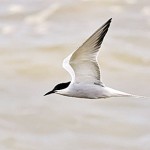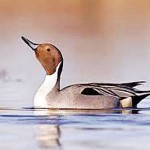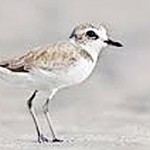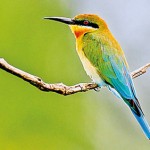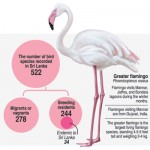News
Warmer world changing flying patterns of long-haul visitors
View(s):The degradation of habitat and resulting climatic changes are affecting migratory birds which are flying thousands of miles to escape the winter, experts say.
Sampath Seneviratne, an ornithologist and professor of Zoology at the University of Colombo, told the Sunday Times that climate change is upsetting migratory patterns and behaviour of non native birds.
He said as a result the birds might miss out on vital arrival and departure dates, which would lead to drastic changes in bird population.
“If the birds come too early the exact environmental condition they seek would be missed, and if too late they have to compete with birds of their kind and other species for food and space. In both cases birds could perish,” he said.
Prof. Seneviratne also added that the birds fly thousands of miles without feeding, therefore when they conclude their journey they seek a quality habitat to feed and regain their energy.
- Common Tern
- Pintail Duck
- Mongolian Plover
- Blue-tailed bee-eater
He pointed out that the loss of habitat or drastic changes of the habitat could kill the birds as they have no energy to move to other locations.
Already, the insectivorous birds as well as the birds that reside in higher latitudes have reached Sri Lanka for the winter, he said. While the water birds as well as birds that live in lower latitudes are expected to arrive later as freezing of water sources and cold weather hit lower latitude areas.
He explained that out of the 500 bird species in Sri Lanka around 250 are migratory. Birds of all groups migrate to Sri Lanka.
He said forest birds, water birds and birds which live in different habitats migrate to Sri Lanka which is at the tip of the central Asian flyway. Eagles, plovers and sandpipers, flamingos, ducks and some of the forest bird species migrate to Sri Lanka.
People can witness migratory birds islandwide yet large numbers can be seen in national parks such as Yala, Udawalawa, and in Mannar, Jaffna and Hambantota during this season.
Prof. Seneviratne said Colombo is also one of the key entry points for migrants and they also frequent the Port City, Bolgoda wetland in Colombo and Muthurajawela.
“The birds also can be seen at the Kerawalapitiya garbage recycling plant as they feed on a large number of insects that reside in the garbage dump”. The Kerawalapitiya Garbage Recycling Plant is a mecca for Colombo birders who want to see rare and exotic species in their own doorstep.
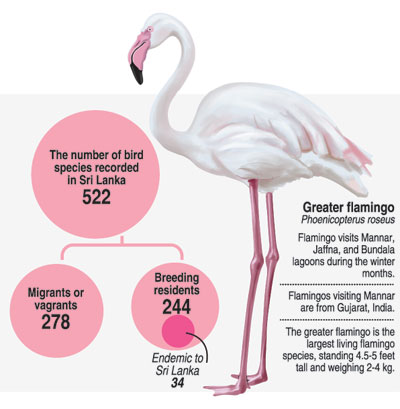
| Migrants resting in gardens need food and water Do not disturb migratory birds perching on trees and bushes in your home garden and instead leave water and food for them, Prof. Seneviratne said. Migratory birds have faced harsh weather and have not fed for days and should be allowed to recover. He said birds such as the Indian Pitta (Avichchiya), the Indian Paradise Flycatcher, the Blue-tailed Bee Eater, the Barn Swallow, and the Forest wagtail can be seen in home gardens. He said that wetlands and forests – however small they are – are important feeding and resting places.
| |
The best way to say that you found the home of your dreams is by finding it on Hitad.lk. We have listings for apartments for sale or rent in Sri Lanka, no matter what locale you're looking for! Whether you live in Colombo, Galle, Kandy, Matara, Jaffna and more - we've got them all!


